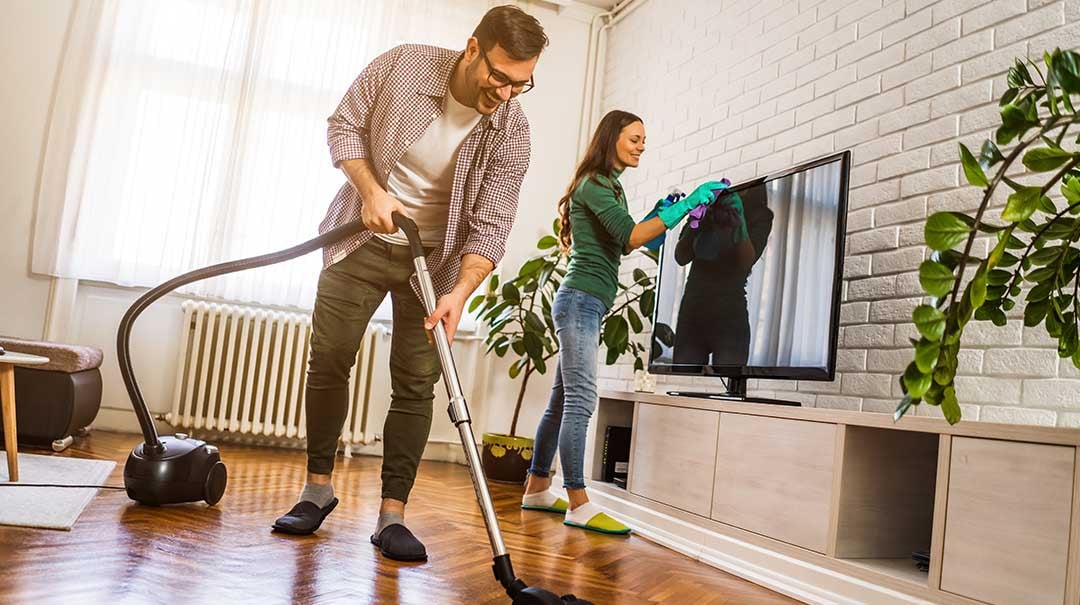When designing a new home, one of the most critical considerations is where to place plumbing fixtures in your new home. Getting it right from the outset ensures functionality, comfort, and long-term cost savings. In this article, we’ll explore the strategic placement of plumbing fixtures, benefiting both homeowners and real estate developers alike.

Understanding the Importance of Proper Fixture Placement
Proper placement of plumbing fixtures is essential for the efficient use of water and energy. It affects the overall flow and convenience within your home. By considering the positioning of these fixtures early, you can avoid costly changes later on. This also contributes to creating a sustainable and energy-efficient home environment.
Key Considerations for Fixture Placement
1. Functionality and Accessibility
The primary goal of placing plumbing fixtures is to ensure they are functional and accessible. Fixtures should be easy to use and conveniently located to serve their specific purpose. For instance, a kitchen sink should be near the cooking area, while bathroom fixtures need to be organized for maximum comfort.
2. Proximity to Water Supply
Plumbing fixtures should be as close as possible to the main water supply lines. This reduces the need for extensive piping, which can be expensive and increase the risk of leaks. For guidance on minimizing plumbing costs, you can check out this external resource on plumbing costs for new home builds.
3. Efficient Drainage
Proper drainage is crucial to prevent water buildup and related damage. Ensure that fixtures are placed in a way that facilitates efficient drainage. This often requires collaboration with a plumbing expert to ensure correct installation and gradient.
Room-Specific Plumbing Fixture Placement
4. Kitchen
The kitchen is a hub of activity, so placing plumbing fixtures like the sink, dishwasher, and refrigerator strategically is vital. The kitchen sink should ideally be placed under a window for natural light and near the dishwasher for convenience.
5. Bathroom
Bathrooms require careful planning to maximize space and functionality. The shower, toilet, and sink should be positioned to allow easy movement and access. Consider the user experience when planning the layout.
6. Laundry Room
The laundry room must have a practical layout that includes a sink and hookups for a washer and dryer. Keep these fixtures close to each other to streamline plumbing connections and improve efficiency.
Innovative Solutions for Modern Homes
7. Smart Plumbing Systems
Incorporating smart plumbing systems in your new home can offer enhanced control and efficiency. These systems allow remote control of water usage and can alert you to potential leaks or issues.
8. Water-Saving Fixtures
Consider installing water-saving fixtures to reduce consumption. Low-flow toilets, showerheads, and faucets are sustainable choices that can significantly cut down on water usage without sacrificing performance.
Common Mistakes to Avoid
9. Overlooking Local Building Codes
Always ensure that your plumbing plans comply with local building codes. These regulations are in place to ensure safety and functionality, and failing to adhere to them can result in costly fines or necessary rework.
10. Ignoring Future Needs
Think about your future needs when placing plumbing fixtures. Consider potential changes in family size or lifestyle that might require adjustments to your plumbing system.
Professional Assistance and Resources
11. Hiring a Professional Plumber
Working with a professional plumber can provide invaluable insights and ensure your plumbing system is optimally designed. They can help you avoid common pitfalls and ensure compliance with codes.
12. Online Resources
For more information on planning plumbing in new homes, you can visit this guide on planning plumbing for new home builds.
Conclusion
Understanding where to place plumbing fixtures in a new home is a crucial part of home construction. It requires careful planning, consideration of future needs, and adherence to local codes. By prioritizing functionality, efficiency, and sustainability, you can create a comfortable and practical living space.

FAQs
Q1: What is the best location for a kitchen sink?
A: The kitchen sink is best placed under a window and near the dishwasher to enhance convenience and efficiency.
Q2: How can I ensure my plumbing is energy-efficient?
A: Install water-saving fixtures and consider smart plumbing systems to monitor and reduce water usage.
Q3: Why is it important to follow local building codes?
A: Local building codes ensure safety, efficiency, and compliance with regulations, helping avoid costly fines or rework.
This article contains affiliate links. We may earn a commission at no extra cost to you.




